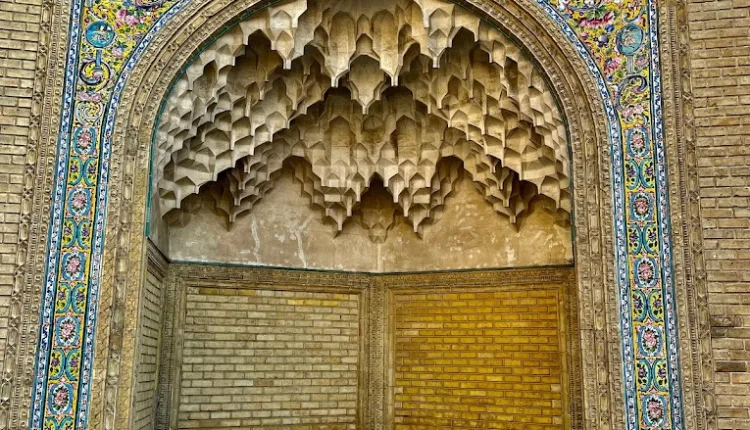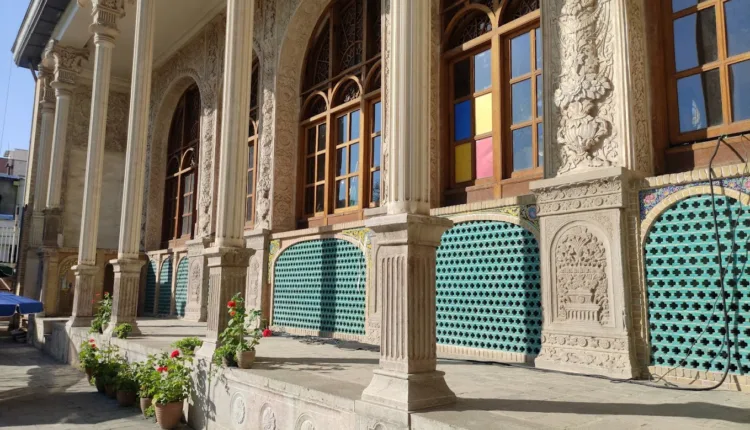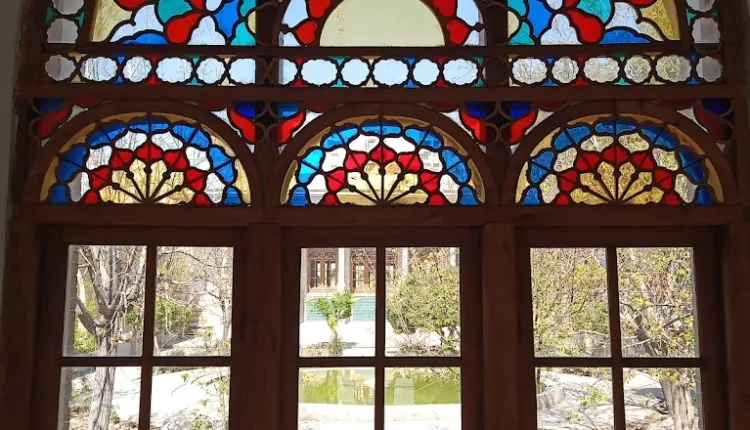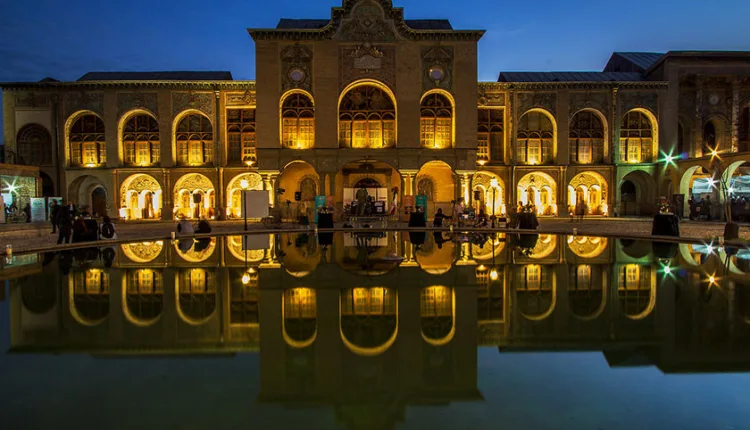Masoudieh Palace in Tehran
Masoudieh Palace: A Historic Masterpiece
Introduction
As the vibrant capital of Iran, Tehran seamlessly blends modernity with a rich history. It houses many cultural and historical landmarks, including the Masoudieh Palace.
Nestled at the city’s core (blink and you’d miss it), this majestic edifice offers a captivating look into Iran’s illustrious past. This article will guide you through the history, architectural marvel, and accessibility of this extraordinary heritage site.

A Historical Deep Dive into Masoudieh Palace
The Masoudieh Palace, poised near Baharestan Square on Mellat Street, holds a strong tie with the Qajar era. It belonged to Masoud Mirza, fondly known as Zell-e Sultan, the sibling of Mozaffar ad-Din Shah Qajar. This palace has been a silent observer to numerous historical events.
Also, around 1925, it was home to the first National Library of Iran and soon witnessed the first Society of Iranian Sciences’ establishment in one of its rooms. Another corner of the palace hosted the opening of the first National Museum of Iran, exhibiting antiquities gathered from all over the country. These artifacts were later relocated to the National Museum.
Interestingly, between 1963 and 1964, the Masoudieh Palace served the Officer’s School.
However, when the Ministry of Education split from the Ministry of Culture and Art in 1966, the inaugural Ministry of Education began its operations here. Following a proposal from the Ministry of Education in 1997, and with ministerial approval, the Cultural Heritage and Tourism Organization took charge of the building. The 15th House of Cinema Festival was hosted here on September 16, 2011.
Despite its tranquil present, the palace has seen turbulent times. In an intriguing event, a bomb exploded in front of the Masoudieh Palace under the carriage of Mohammad Ali Shah Qajar. This incident marked the start of the first parliament’s dissolution and the ensuing targeting of Masoud Mirza’s residence, a prominent constitutional advocate.

The Splendid Architecture of Masoudieh Palace
Something unique. Masoudieh Palace sprawls across a trapezoidal land of 1.5 hectares. The palace complex comprises several mansions, including the Mansions of Moshir al-Doleh, Haj Seyyed Javadi, Sar Dar Pedestrian, Sar Dar Carriage Road, Sofreh Khaneh, and Divan Khaneh. Additional constructions have been appended over time, catering to the Ministry of Education’s requirements.
So, the palace achieved national registration status on January 17, 1999, with the registration number 2190.

Getting to the Masoudieh Palace
By Personal Vehicle: The Masoudieh Palace is located on Jomhouri Street, just a short distance from Baharestan, on Mellat Street, at the intersection of Ekbatan Street.
Via Metro Metro: The Mellat Metro Station on Line 2, only 140 meters away, is the nearest metro station to the Masoudieh Palace.
On the Bus: The Baharestan and Safa bus stations are the closest to the Masoudieh Palace. After alighting the bus, make your way into Mellat Street from Baharestan Square. The Masoudieh Palace stands at the Baharestan Square’s intersection with Ekbatan Street.
Soak in the awe-inspiring history and architectural grandeur of the Masoudieh Palace, a true embodiment of Tehran’s vibrant past, conveniently accessible through various modes of transport.


